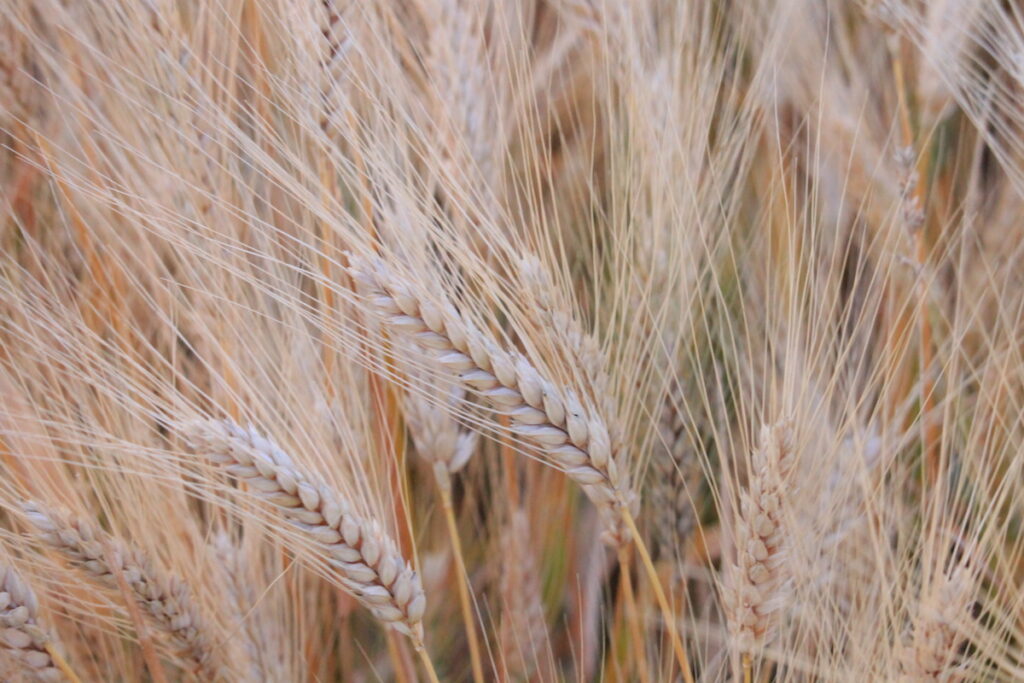13.7.2024
It is grown in Senegal and other areas of the Sahel. An ancient cereal similar to rice, that resists climate change well. It can also be cultivated in Europe, in the Mediterranean and in Calabria.
This type of wheat, grown in Senegal, could help fight famine and drought. It is also present in other areas of the Sahel. It is an ancient cereal, similar to rice from a nutritional point of view, rich in magnesium, calcium and zinc, and recently rediscovered.
Furthermore, it is also gluten-free, as it does not contain the proteins gliding and glutamine and has a similar appearance to couscous.
BRIEF HISTORY
Fonio is among the oldest cereals used by man. It is estimated that in 5000 BC, it was cultivated in Africa. Much of the Sahel coast, which extends from the Atlantic Ocean to the Red Sea, is experiencing a population boom and is strongly influenced by climate change.
In environments highly influenced by adverse climatic conditions, a crop that can resist even in bad years, such as Fonio, takes on great importance. Given the current climate, Fonio could make a huge difference in preventing famines in various African regions. But it is not a simple challenge, both in terms of production and distribution.

According to industry experts, there is a tendency to consider foods like Fonio as suitable only for people living in rural areas, which are substandard. Yet this type of grain, in addition to being gluten-free, with a protein value four times higher than brown rice and with three times the fiber and double the iron, also has a low glycemic index. For all its characteristics, it is often called “super wheat”.
It also needs very little water to grow and can be harvested three times a year. In fact, it has the particularity of being able to draw water and nutrients from 3 meters deep in the soil, making it an excellent crop in extreme climatic situations.
It also grows in just 6–8 weeks allowing for a quick harvest. Its extensive root system also helps fight soil erosion. Entrepreneurs who want to spread its use claim that it is an excellent solution to fight hunger, drought, poverty and consequently the global migration crisis.

Many think it could become the “new quinoa”. Considering that the Sahel’s population is expected to double by 2050, Fonio crops could prove to be an indispensable resource.
Advantages for a business like SMAF LTD, which is beginning to sell it, are: 1) no competition, 2) gluten-free (à la page), 3) superfood, 4) low cost.

SMAF LTD
Explore our products, coming from CALABRIA. Order the food and beverage products that allow you to explore the Mediterranean diet of a remarkable region. Surrounded by two seas and adorned with pine forests, mysterious villages, natural habitats, and rich biodiversity. Discover handcrafted delicacies that embody the soul of the land: sun-ripened fruits, premium olive oils, bold wines, artisanal cheeses, and traditional cured meats, all crafted with passion and authenticity.
NUTRACEUTICS
Cultivated for 5000 years in the areas of Senegal, Mali and Ghana, Fonio became known thanks to the Senegalese Chef Pierre Thiam, defined as “the King of the New African cuisine”. And, now that it has received the green light from the European Union to be sold on the old continent, the African cereal can finally be enjoyed in the most sophisticated restaurants in Europe.
Its white seeds are gluten-free, and also offer several benefits to its consumers. Fonio is in fact rich in antioxidants, including flavonoids, which have anti-aging properties. Also containing magnesium, iron and group B vitamins, it is also a good remedy against tiredness and promotes the proper functioning of the nervous system.
Furthermore, all those who pay attention to the line can count on its low glycemic index and its richness in fiber, which slows down the absorption of sugars and fats into the blood.
Both breakfast, lunch and dinner can feature this extraordinary African cereal. Let’s see some examples: as regards the morning meal, its flour is in fact excellent for preparing dishes based on milk, chocolate and fruit, or fantastic crêpes or tarts.

For lunch and dinner, however, Fonio lends itself very well to preparing various types of meatballs and pancakes, and is also widely used for fish or vegetable fillings (see calamari and tomatoes).
Among the most common first courses, Fonio gnocchi, which is then cooked in several variations.
Easily purchasable at SMAF shop specializing in natural foods, or more conveniently online, nowadays Fonio is increasingly present in our kitchens, whether for a flour, a first course or a healthy and alternative second course.

